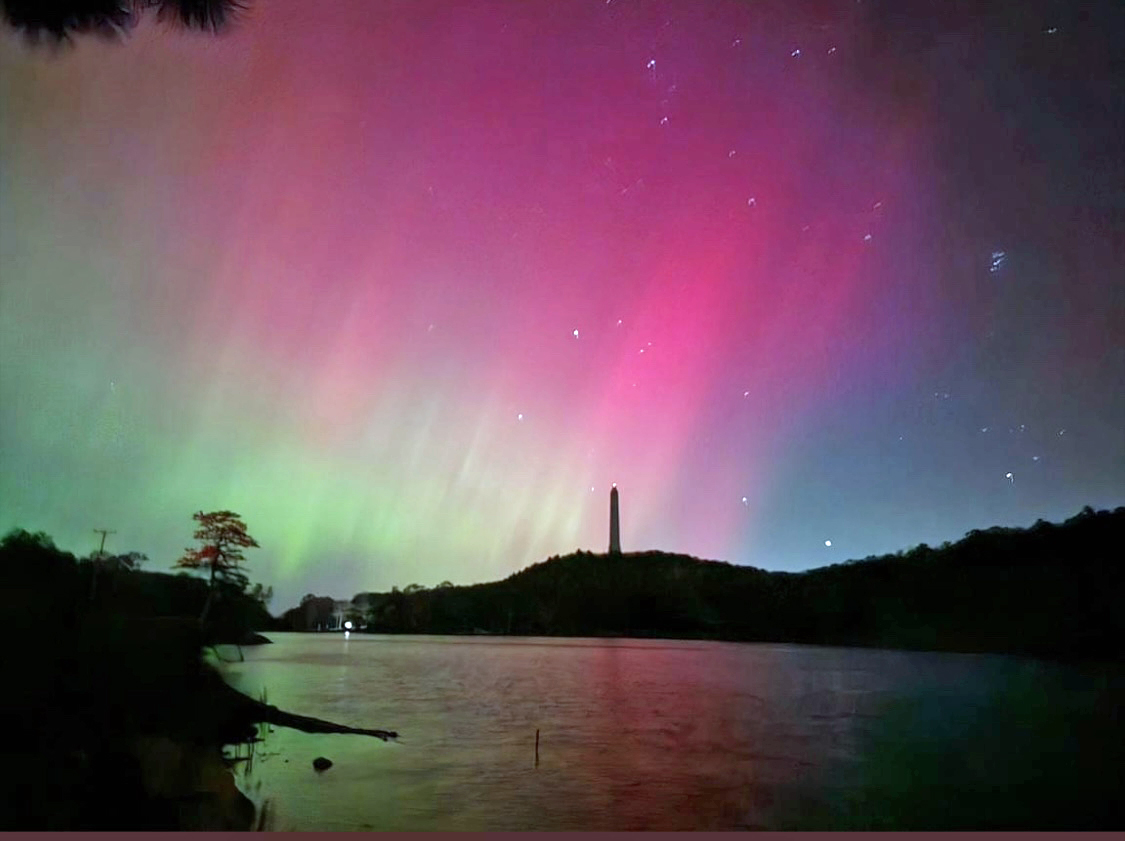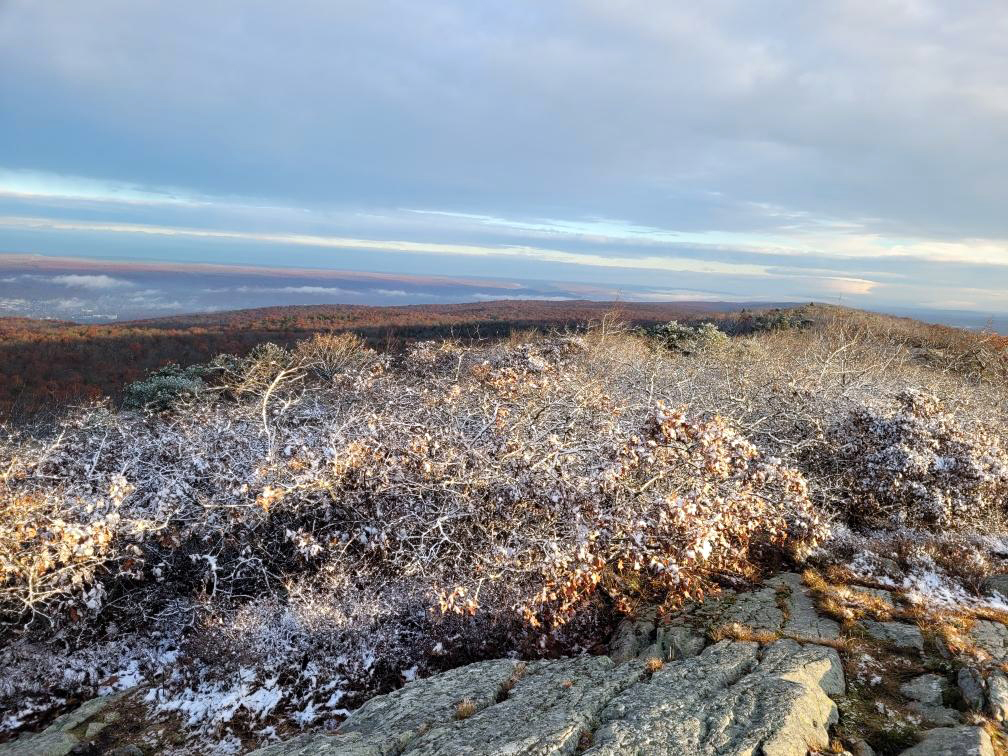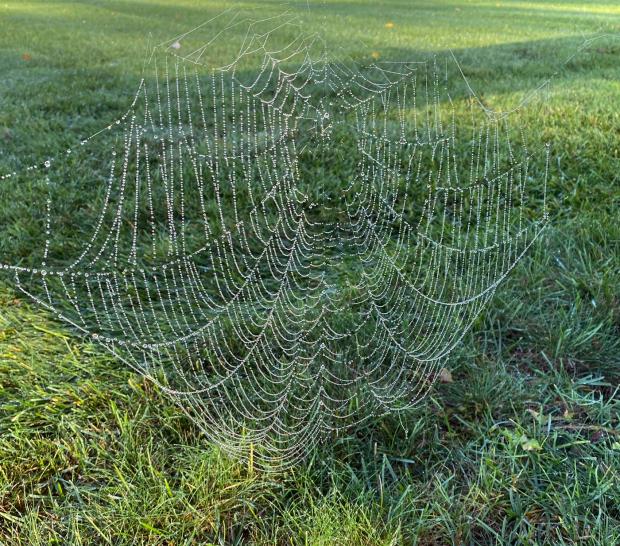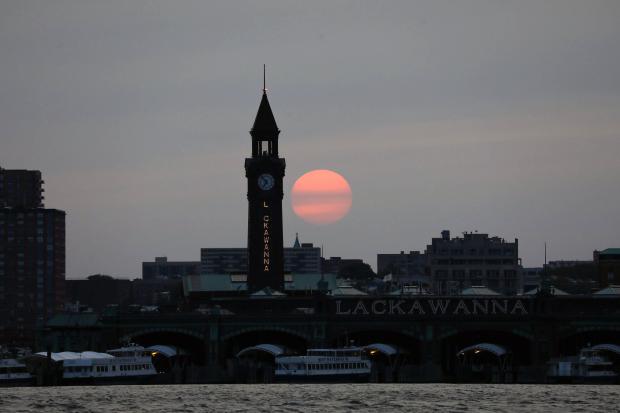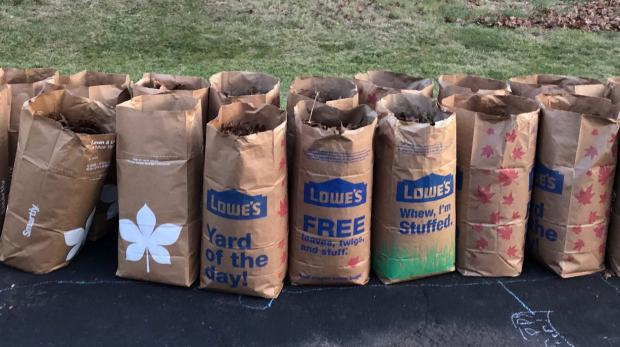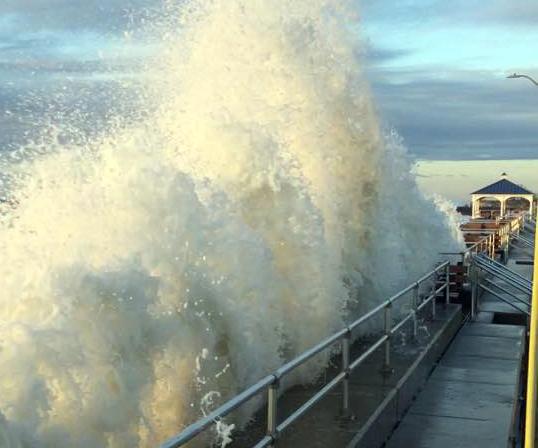Transition Indeed: October 2025 Recap

With the warm end of September, followed by four days in the 80°s early in October, one might have wondered when fall weather was going to arrive in New Jersey. By now, we know that by mid-month a transition to cooler weather arrived. Meanwhile, there were two notable coastal nor’easters, indicative of a transition to a cool season weather regime. Unfortunately, each resulted in notable coastal flooding and beach erosion. Yet most of NJ remains modestly to moderately dry.
Ultimately, with all the ups and downs of temperature and precipitation during this transitional month, the state averaged a bit milder and drier than normal. The statewide average temperature of 56.2° was 0.8° above the 1991–2020 mean and ranked as the 33rd mildest of the past 131 Octobers. The average high of 66.5° was 0.7° above normal, ranking 45th mildest. The average low of 45.9° was 1.0° above normal, ranking 29th mildest. The northern climate division averaged 54.6° (+1.3°, 27th mildest), the southern division 57.0° (+0.5°, 41st mildest), and the coastal division 58.7° (+1.1°, 28th mildest).
October precipitation averaged 3.79”, which was 0.40” below normal. Due to the skewed nature of the monthly precipitation time series, this ranked as the 57th wettest/75th driest. The north averaged 3.71” (-0.74”, 64th wettest/68th driest), the south 3.80” (-0.23”, 49th wettest/83rd driest), and the coast 4.23” (+0.14”, 36th wettest/96th driest). The divisional averages did not tell the story of the precipitation distribution all that well. Rather, best said that the western half of NJ was on the drier side and the east wetter.


